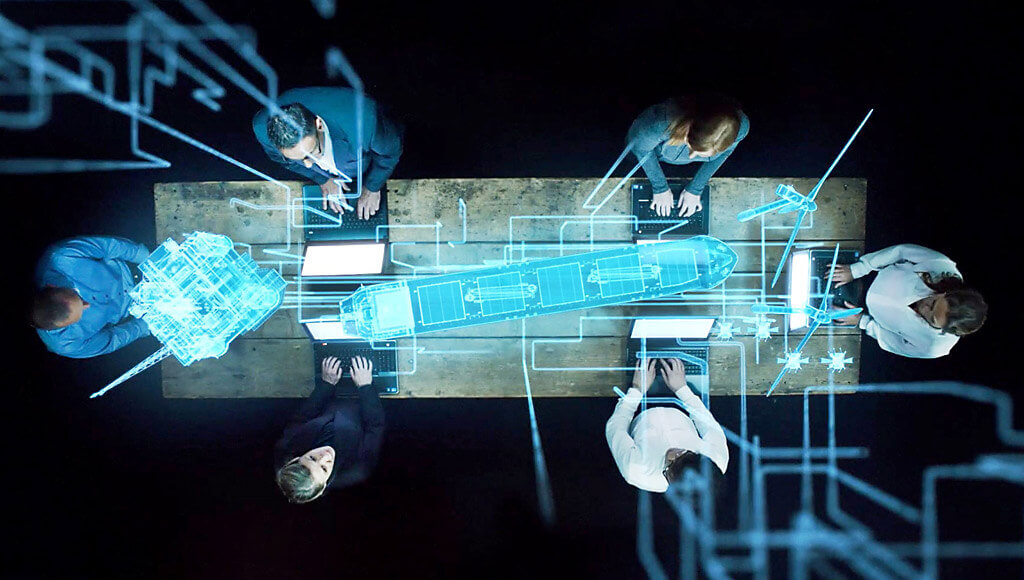Digitalisation is enabling smarter offshore support vessels, with AI supporting autonomous deck machinery and enhancedfuel and engineroom monitoring
Developments in artificial intelligence (AI), digitalisation and connectivity are enabling owners to monitor fuel consumption and emissions, produce vessel reports, and will soon be used to operate critical machinery autonomously.These developments will requirehigh levels of offshore connectivity through hybrid communications networks using satellite constellations and 4G/5G.
These advances were described at length during a technical session on the first day of Riviera’s Annual Offshore Support Journal Conference, Awards & Exhibition, held 4 February 2025.
During the session,Seaonics sales manager for offshore energy, Bjørnar Huse, described how AI is enabling automatic operation of gangways and cranes.
He said AI is “revolutionising offshore handling equipment”while multi-layered neural networks are assisting in “problem solving and advanced decision making”.
Mr Huse expects the next generation of gangways will have AI packages to recognise optimal and safe landing positions on offshore platforms. AI will also help crane operators to safely transfer cargo to offshore energy production facilities, said Mr Huse. “We are looking at how to test AI models and re-engineer what is happening in the control systems.” This involves hardware-in-the-loop and people-in-the-loop testing on simulators and hands-on testing.
Operators are already using cameras and motion compensation to help guide gangways over water and to land them on offshore installations safely. Next to come will be auto-landing systems, which require high levels of computational power and sensors to detect details of landing areas. Operators can gain knowledge and practice using simulators and use their experience in real-life landings, said Mr Huse.
Digital Ocean is applying AI and machine learning to smart vessel chartering, crew management and predictive maintenance in the coming months to enhance operations and business opportunities while lowering therisk of machinery failures.
“We are setting up tools todigitalise ship and company processes, with cloud-based and web-based applications,” said Digital Ocean chief commercial officer, Remy Ausset.
“On smart chartering, we have been working with ADNOC to identify vessels for chartering – to ensure they have the right equipment, cranes, capacities and certifications,” he said.
“Smart crewing will manage crew schedules and compliance and seafarer availability with an AI assistant coming in the next few weeks,”Mr Ausset added.






